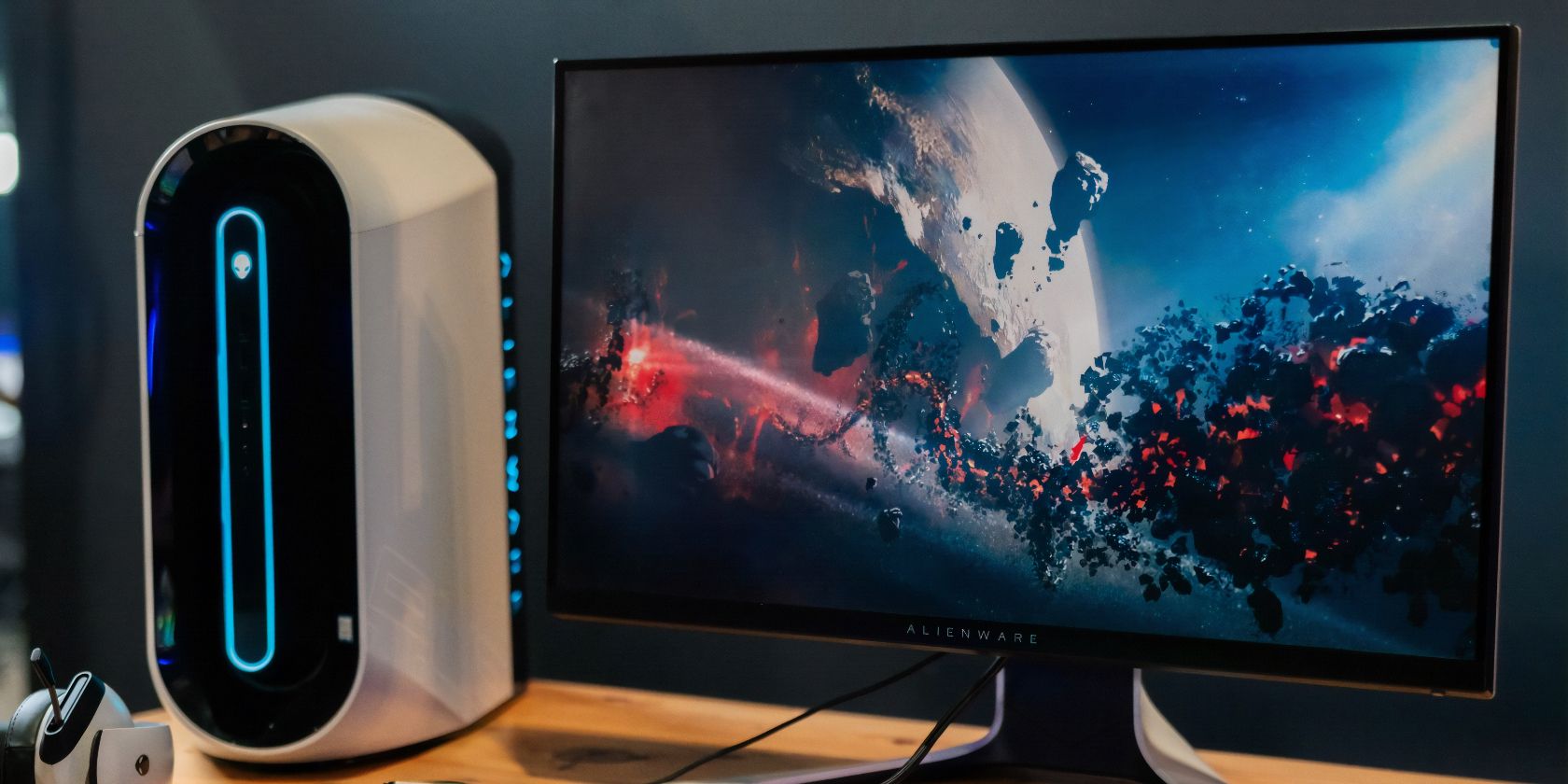These days, the level of image quality you can get from the comfort of your home is staggering. We’ve evolved far beyond the fragmented pictures we used to see on portable TVs to imagery that, at first glance, would be easy to think you’re in the thick of the action.
There are a lot of different terms used when talking about monitors and TVs. Two that you’ll likely have heard of are 1440p and 4K.
So, when it comes to 1440p vs. 4K, what do they both mean? Is one better than the other? When would you use them, and are they in competition or cooperation with each other? This article will answer all of these questions.
What Does 1440p Mean?
1440p is the middle ground between 1080p (Full HD) and 4K. You’ve probably heard others refer to it as Quad HD (QHD). 1440p is also frequently called 2K.
1440p derives its name from its display resolution. The full resolution of 1440p is 2550x1440 pixels, while the Quad HD name comes from it being four times larger than HD resolution (1280x720).
What Does 4K Mean?
Also known as Ultra High Definition (UHD), 4K is the next step up from 1440p in terms of picture quality. It has two different dimension types, both of which we’ve listed below.
- Cinema 4K: 4096X2160 pixels.
- The 4K you see on TV screens: 3840x2160 pixels.
4K derives its name from the fact that its pixels hover around 4,000, as you can see from both of the above dimensions. Compared to other HD forms, 4K has four times as many pixels as its 1080p counterpart.
Is 1440p Better Than 4K For Gaming?
If you’re an avid PC gamer, 1440p is often a better choice than 4K. As long as your graphics card and monitor can handle it, 1440p can provide a better experience than 1080p would—without anywhere near as many problems as you’d get trying to play on 4K.
Sometimes, we choose to buy a monitor for work-related purposes. And when choosing between 1440p and 4K, 1440p is a more cost-effective option. The resolution will be enough to help with your productivity, while you won’t notice any significant trade-off—along with saving money in the process.
Regarding smartphones, 1440p resolution is a better choice in most circumstances than its Ultra HD counterpart. However, you could probably get away with 1080p and not notice much of a difference.
When Does 4K Work Better?
In some cases, 4K is a better choice than 1440p. One such instance is if you’re a filmmaker or cinematographer doing professional work. 4K can bring out the details in landscapes and other settings, making the scene more dramatic and giving the viewer a feeling of being there in person.
Shooting videos in 4K also gives you more options when it comes to stabilizing your footage.
4K is also an excellent option if you’re streaming TV and want to watch it in the highest possible quality—as long as you’ve got the correct devices. Dimensions of this size can also give more depth to the colors on your screen and provide a more immersive experience.
In some cases, you might also want to use 4K for gaming. However, you’ll need to make sure that your graphics card can handle this.
Is 4K Better Than 1440p?
Considering that 4K has more pixels than 1440p, it’s easy to assume that it’s automatically better. However, as we know from the differences between 4G and 5G internet, discarding the older version isn’t necessarily the best idea.
While 4K might show a better image, it’s important to remember that these images require more processing energy. If the device you’re using can’t meet these demands, you’re probably going to run into problems.
If you use 4K to shoot videos, you’ll also need to think about storage. Naturally, capturing shots at image quality this high will take up more space on your memory cards. If you’ve got something that’s barely suitable for what you do at the moment, you’re better off sticking with a lower resolution.
Another reason to pick 1440p is that devices displaying 4K are more expensive. Of course, no gadget is worth more than you can afford, and the image quality on most devices these days is excellent regardless.
1440p vs. 4K: Different Image Quality for Different Needs
As more people demand video content on the go, we see a significant increase in our image quality. And because of this, you’ll get bombarded with TVs, monitors, and more that cover a broad range of dimensions.
When it comes to 1440p vs. 4K, the two have their own niches—and using one or the other depends on what you need it for.
It’s also worth remembering that both 1440p and 4K are both still pretty niche. So, in many cases, you probably won’t need either and are better off sticking with 1080p.

